Max-Q
Latest
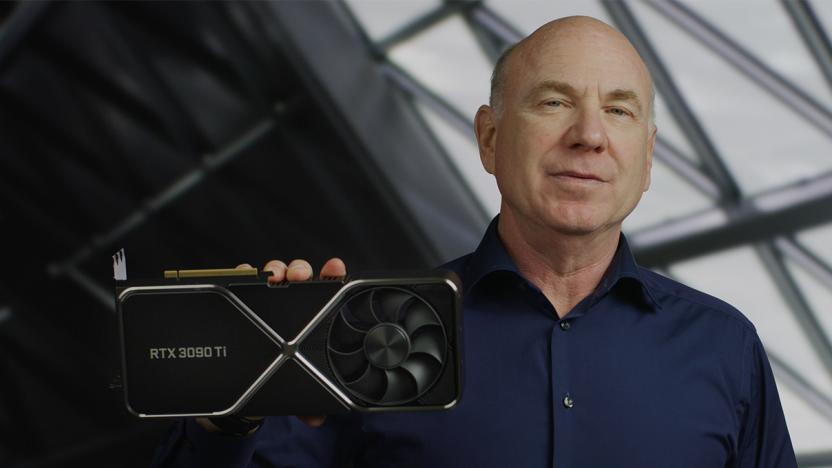
Watch NVIDIA's CES 2022 conference in under 10 minutes
CES 2022 press conferences aren't always the most interesting or informative, but NVIDIA actually unveiled some new and interesting products this year.

LG's first gaming laptop comes with an NVIDIA RTX 3080 GPU and 11th-gen Intel CPU
LG has revealed what it calls its "first gaming laptop" with some pretty high-end specs.
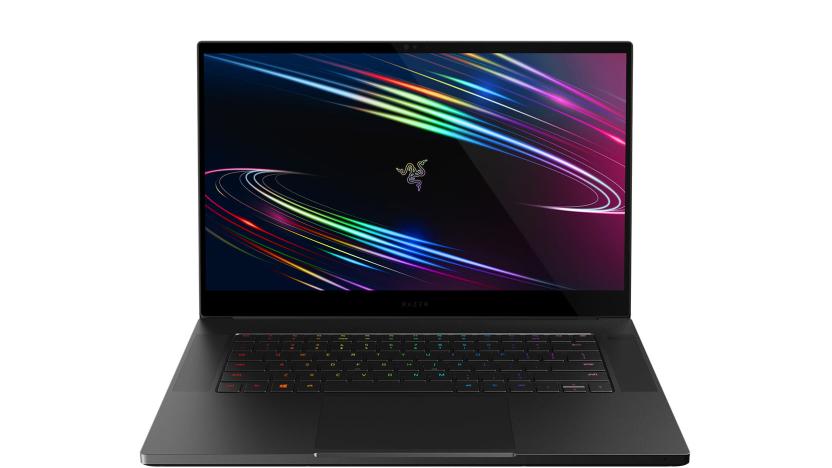
NVIDIA's RTX Super GPUs arrive on laptops
NVIDIA has launched its latest Max-Q GPU refresh with new hardware like the RTX 2080 Super Max-Q GPU and upgraded features as well. As with the desktop hardware, the new products will offer a modest boost to gaming and content creation performance. However, NVIDIA has also introduced new Max-Q features that should boost performance and power efficiency significantly on all the Max-Q GPUs -- but only on new 2020 laptops.

Origin EVO16-S review: A powerful gaming laptop with a bigger screen
When NVIDIA unveiled RTX ray-tracing GPUs for laptops, a lot of new models launched: 40 of them in all. Origin, a company best known for its customized models, tried to separate itself from the pack with an interesting hook. Rather than releasing a 15.6- or 17.1-inch model like everyone else, it unveiled something in between -- the 16.1-inch EVO16-S. While packing a bigger screen, it's just as thin and no heavier than most 15.6-inch laptops, but much lighter than any 17.1-inch model. Packing up to a 9th-generation Intel six-core CPU and GeForce RTX 2080 Max-Q GPU, it crams in top-flight gaming performance and ray-tracing, to boot. The EVO16-S is also pretty well-priced compared to rival models with smaller screens, so let's find out how it measures up.
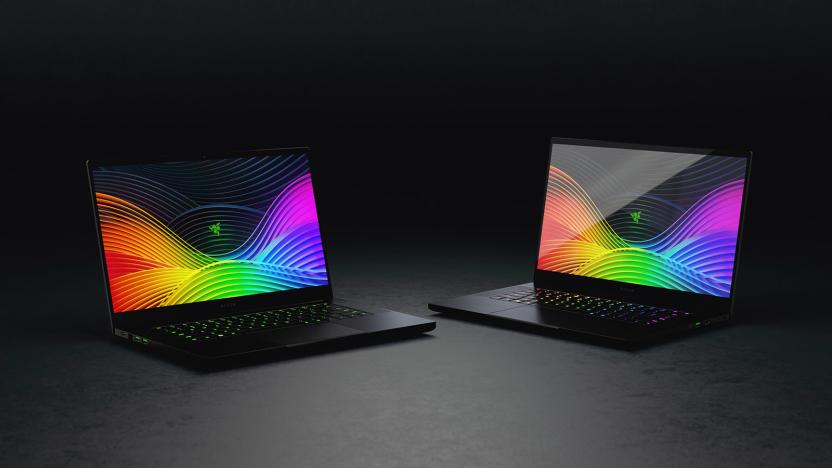
Razer's new Blade 15: OLED display, RTX graphics and 9th-gen Intel
Razer has unveiled the mid-2019 versions of its popular Blade laptop series that boost performance thanks to Intel's new 9th-generation portable CPUs. It has also joined a rare club with a 4K OLED option, delivering on technology it teased at CES 2019. As before, there are three new models: The Razer Blade 15 Basic, Blade 15 Advanced and Blade Pro 17. All of them are slim, light and pack top-end specs, like 9th-gen Intel Core i7-9750H CPUs, NVIDIA RTX ray-tracing GPUs, and displays perfectly suited for gaming and content creation.
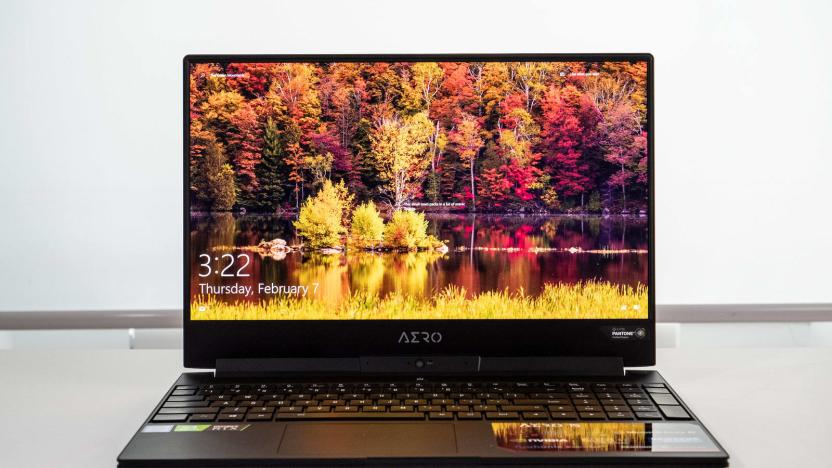
Gigabyte Aero 15 Y9 review: RTX 2080 performance, at a price
With last year's Aero 15X, Gigabyte managed an impressive feat: putting powerful gaming performance and long battery life into a 4.4-pound body. This year, the Taiwanese company is trying to top itself with the Aero 15 Y9, its new flagship laptop. Weighing just a bit more at 4.5 pounds, it's now equipped with top-of-the-line components: an Intel i9-8950HK 6-core CPU and NVIDIA's RTX 2080 Max-Q GPU. The latter component has become rather controversial. NVIDIA revealed that the portable Max-Q version, while packing the same Turing Tu104 chip, is underclocked by up to half that of the desktop RTX 2080 GPU. It comes in an 80-Watt version with a 735-1,095MHz core clock and a faster, more power-hungry 90-Watt variant that runs at 990-1,230MHz. The desktop RTX 2080, meanwhile, runs at 1,515-1,710MHz -- over double that of the lower-powered Max-Q version. So performance and battery life depend on which chip the manufacturer uses and how much it's overclocked, which brings us back to the Aero 15 Y9. It's the first RTX 2080 Max-Q laptop we've tested, so I was interested to see how Gigabyte handled it. The good news is that performance is definitely better. But it's not that great a leap and, unfortunately, it's much costlier. Some of the other defining qualities of the last Aero have been lost, too.

AMD is edging closer to breaking NVIDIA's graphic dominance
After AMD released its seven-nanometer Radeon VII graphics card with impressive-looking performance, NVIDIA CEO Jensen Huang responded by essentially trashing it. "The performance is lousy and there's nothing new," he told PC World. "No ray tracing, no AI. It's 7nm with HBM memory that barely keeps up with an [NVIDIA RTX] 2080." NVIDIA's CEO doth protest too much, perhaps, but he's right to be worried. According to a CES performance tease, the Radeon VII actually beat the RTX 2080 in several video-editing and 3D-animation tasks. It also bested the RTX 2080 when playing Strange Brigade and other titles, especially at 4K resolution. While NVIDIA just adopted 12-nanometer tech for the RTX series, AMD has moved on to seven-nanometer designs for the Radeon VII. Rather than criticizing its rival's performance, NVIDIA notably attacked AMD's lack of (NVIDIA-exclusive) features like ray tracing, G-SYNC and AI-powered DLSS anti-aliasing. However, that has yet to prove useful for gamers and doesn't help content creators at all. If ray tracing doesn't pan out and AMD keeps pushing the chip-design envelope, the next couple of years could get rough for NVIDIA.
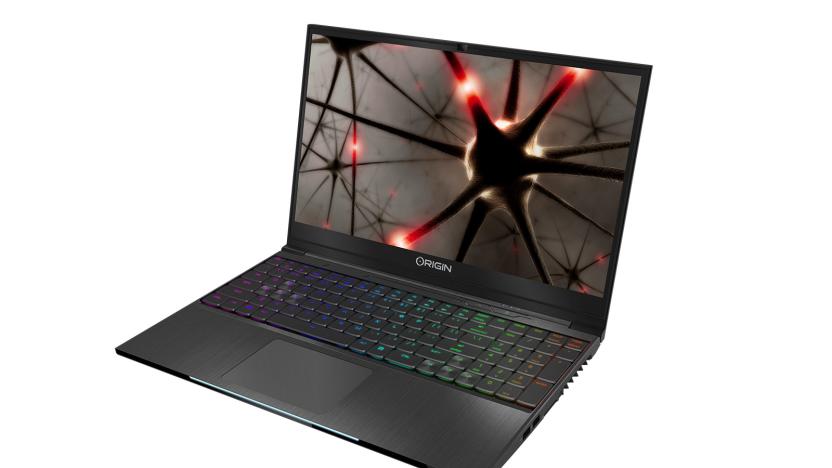
Origin's EON15-S is one of the lightest gaming laptops yet
Origin recently launched a pretty lightweight Max-Q gaming laptop, but with its latest model, it's pushing the form factor even more. The new 15.6-inch EON-15S is just an inch thick and tips the scale at a mere 3.4 pounds, but it packs up to an Intel Core i9-8950HK 6-core CPU and NVIDIA GeForce GTX 1060 graphics. What's more, there's a special toggle that lets you get up to eight hours of battery life, presumably by throttling back the CPU and GPU.
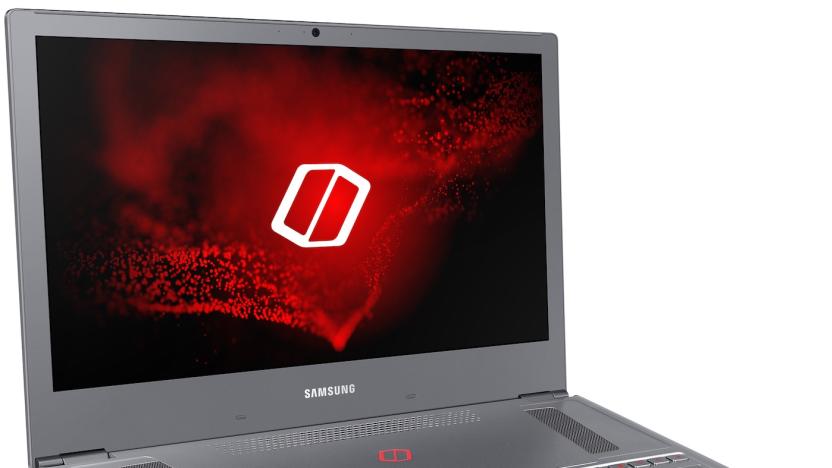
Samsung's latest gaming laptop has a 6-core i7 processor too
The Samsung Odyssey Z -- not to be confused with the Magnavox Odyssey or Samsung's VR headset -- is the electronics juggernaut's latest gaming laptop. Once you open the lid, you'll see just how far that design ethos goes. The keyboard has been pushed to the lowest portion of the tray, and in between that and the 1080p display is what Samsung calls the Z AeroFlow Cooling System. Here's how the company describes it:

NVIDIA 'Max-Q' gaming laptops are Ultrabooks with GTX 1080 power
Based on NVIDIA's 2017 Computex announcements, PC gamers won't have to choose between bulky gaming laptops and desktop-level processing power for much longer. A new design called "Max-Q" is arriving in laptops that it claims are both three times thinner and three times more powerful than their predecessors. Think: 18mm thick, 5 pounds and with the power of NVIDIA's GTX 1080 inside. Plus, there's "WhisperMode," which can pace the game's frame rate to keep the laptop cool and quiet during a plugged-in gaming session.


